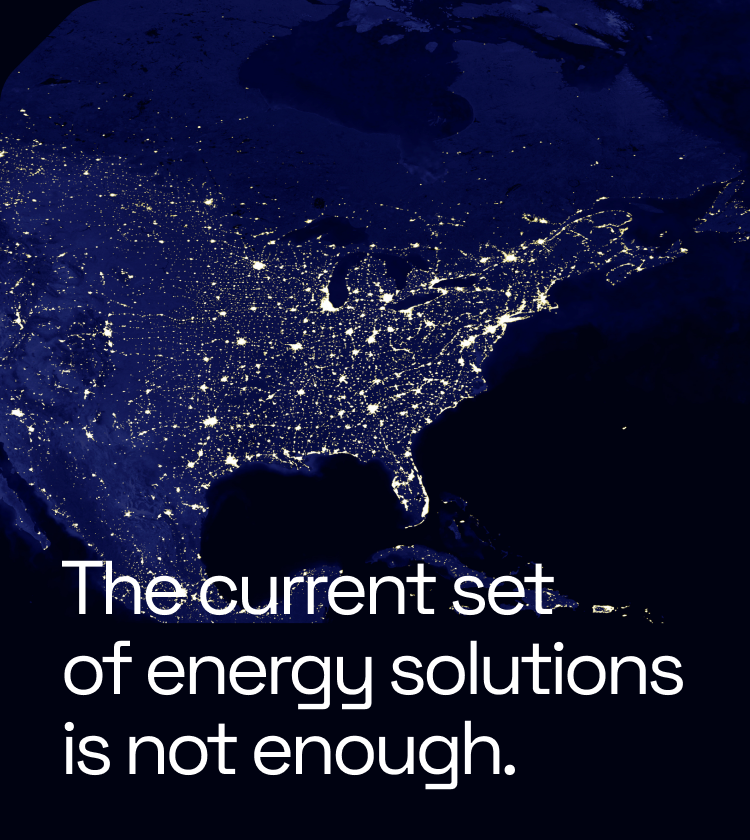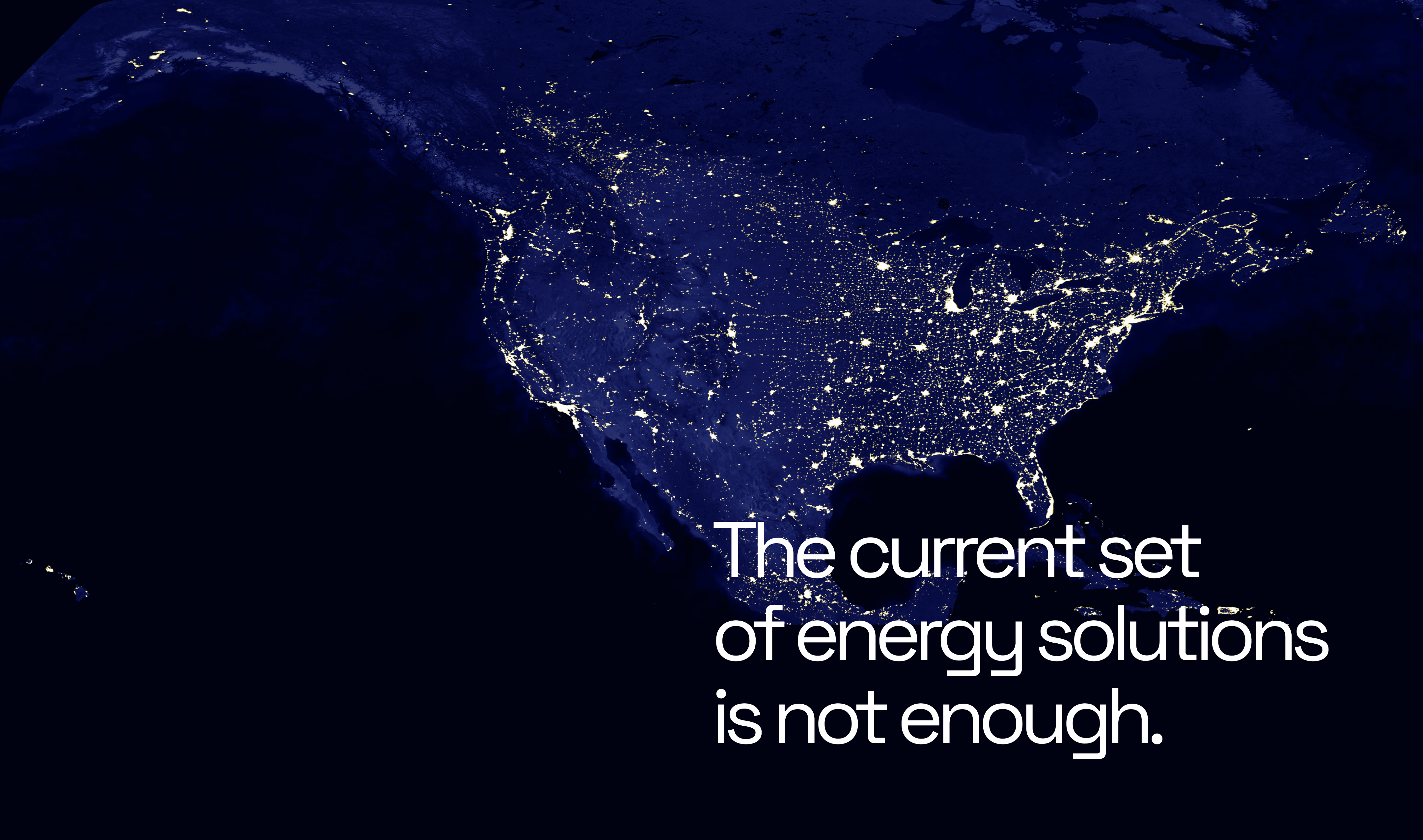why fusion
Targets of net zero CO2 emissions by 2050
An increase from 24T KWh (2020) to 42T KWh (2050)
Investment into the energy transition from 2022 – 2050




No emissions
Limitless source of fuel, eliminates reliance on hydrocarbons
No proliferation risk, no long-lived waste, no meltdowns (failsafe)
On-demand, baseload energy generation
No geopolitical supply dependencies, minimal siting constraints
Energy dense, competitive with other forms of power generation
No emissions
Limitless source of fuel, eliminates reliance on hydrocarbons
No proliferation risk, no long-lived waste, no meltdowns (failsafe)
On-demand, baseload energy generation
No geopolitical supply dependencies, minimal siting constraints
Energy dense, competitive with other forms of power generation
Subscribe to get the latest updates, insights, and more delivered straight to your inbox.
Interested in connecting with the Thea Energy team?
Interested in connecting with the Thea Energy team?
FOLLOW US